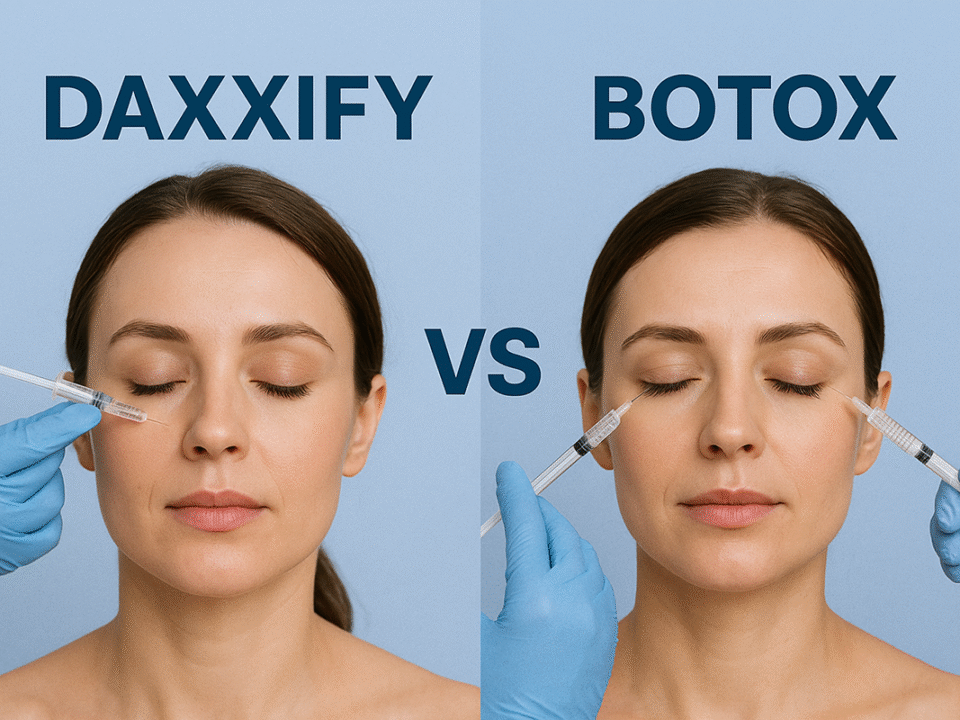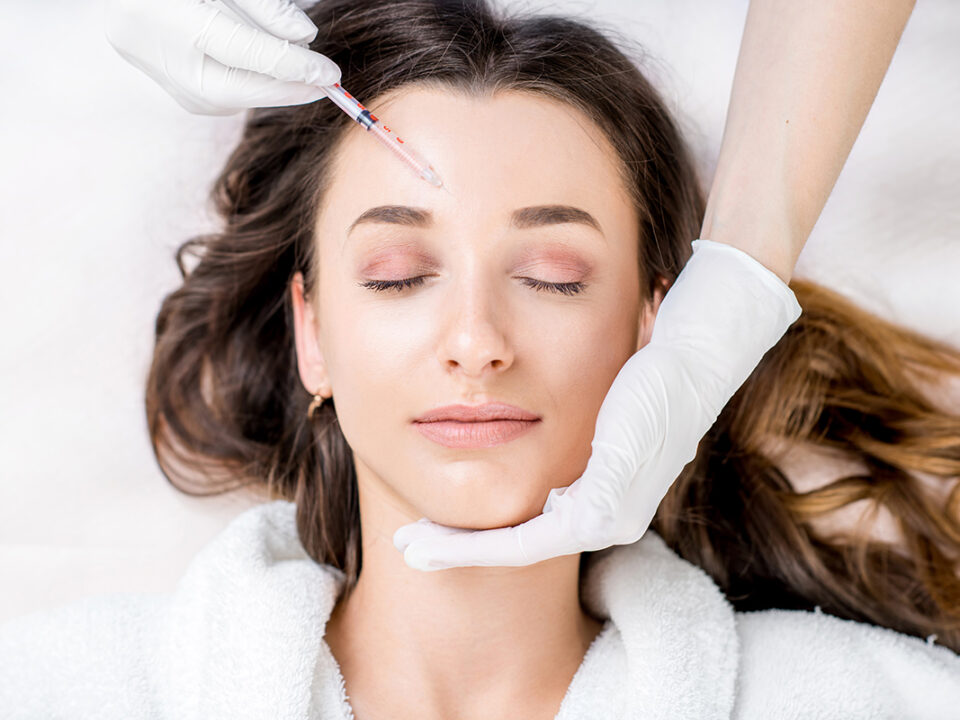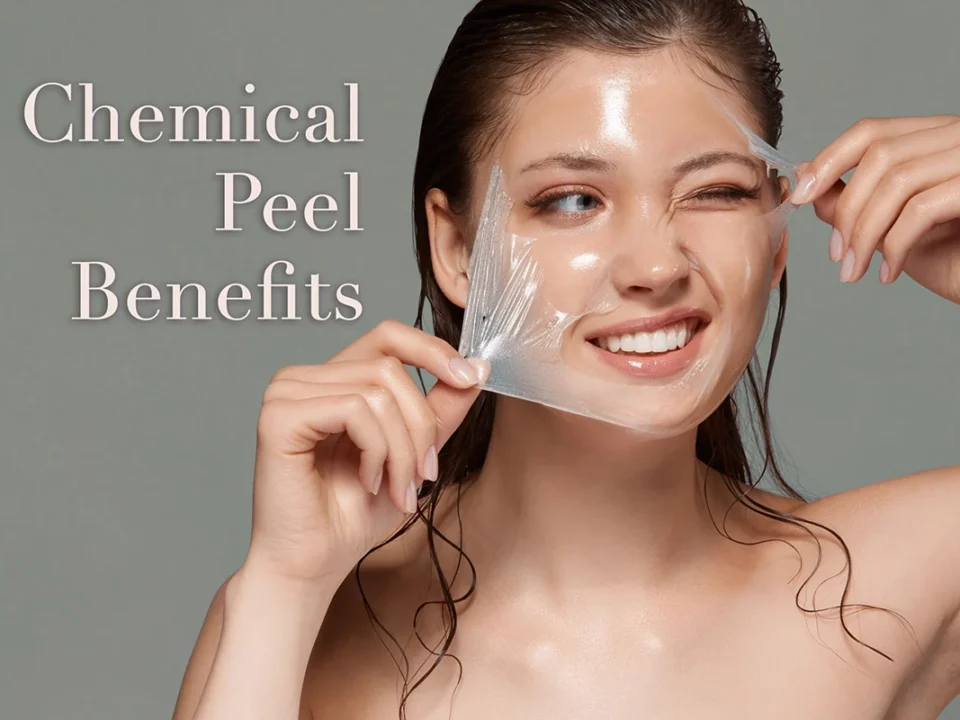
Laser Hair Removal Side Effects You Didn’t Know
September 22, 2025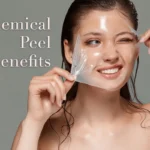
5 Benefits of Chemical Peels
October 20, 2025Our skin is exposed to the sun every day. Sunspots are a natural consequence of sunlight on our bodies. They happen to most people as they grow older. They are harmless, but they spoil our beauty and level of confidence. There are various treatments available for such spots, ranging from home remedies to professional dermatological treatments. Continue reading with us to find out how to remove sunspots.
What Are Sunspots?
You may know sunspots as liver spots. These dark, flat brown, or black spots are prevalent and tend to occur most frequently on areas such as the face, shoulders, décolletage, hands, and arms. Especially those having more time outside, after a while, and when they age, they notice these spots surfacing on their skin. In fact, these spots are caused by UV light from the sun. Because the UV light irritates the skin, and the skin produces more melanin (pigment). But these spots are not usually problematic and only ruin the appearance of the skin.
How Does A Dermatologist Diagnose Sunspots?
Sunspots primarily have an even, smooth, uniform appearance, and their shape and size don’t change with time. But before you try to get a cure, you need to have a proper diagnosis. So the very first thing you need to do when you notice spots on your face or hands is to go see a dermatologist. Your doctor can identify the nature of the spot by examining you and getting a skin biopsy. This way, you will definitely know that the spots on your skin are sunspots and not another condition, such as skin cancer (melanoma). The specialist will then tell you how to remove sunspots.
Best Treatments for Sunspots
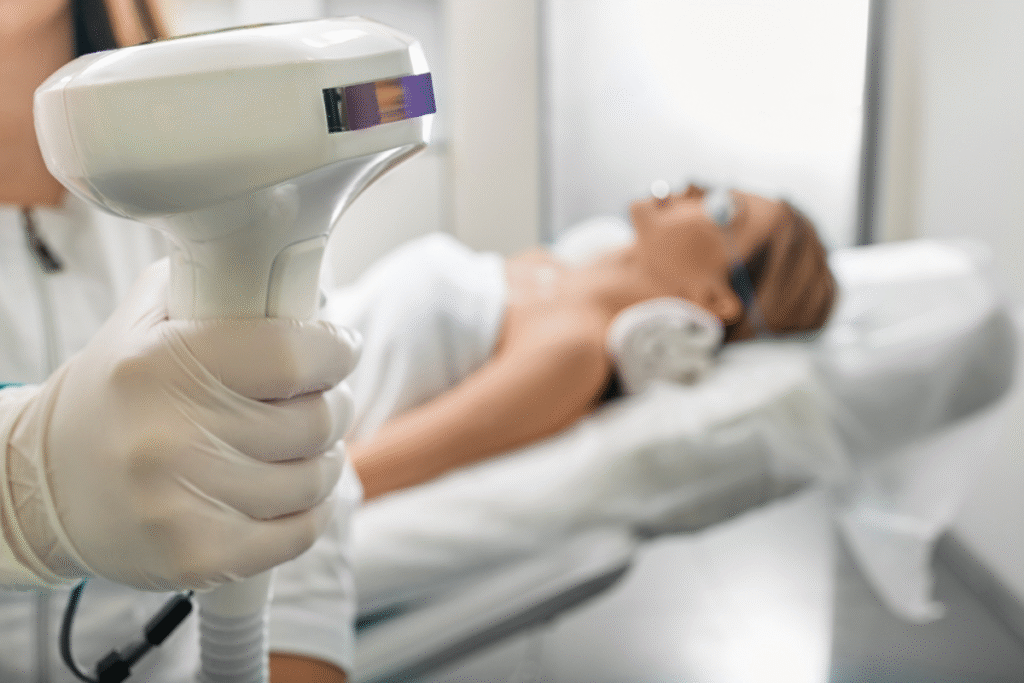
There are several effective and specialized treatments for removing sunspots. All of these treatments should be done according to your condition and under the supervision of a trained professional. So let’s see how to remove sunspots in the fastest time and in the most specialized ways.
Lasers
Light and energy-based methods are arguably the most effective treatments for clear sun spots. In pigment lasers, focused beams of light with specific wavelengths are emitted into the skin. This light is absorbed by excess melanin, breaking the pigment into very small particles that can be eliminated by the body. This treatment only affects the pigment-producing cells in the target area and does not harm the surrounding skin cells. With this treatment, you can achieve significant permanent results in between one to three treatment sessions and over a period of several weeks.
ILP(Intense Pulsed Light)
IPL is also a light and energy-based treatment method, with the difference that laser uses a focused, monochromatic light wavelength, but IPL uses a wide range of filtered light wavelengths (multicolor light) that allows multiple targets (such as melanin for spots and hemoglobin for redness) in the skin to be treated simultaneously. As a result, this method is effective for large spots with redness. Lumecca is the most powerful IPL that, while effectively removing solar lentigines, improves the overall texture of the skin, and its results will be tangible for clients in the first session.
Chemical Peels
In this method, a controlled wound is created on the skin with the help of an acidic chemical solution (such as glycolic acid, TCA, or salicylic acid). This wound is eventually peeled off, and a new, brighter layer of skin takes its place. You will need several treatments to achieve the best results with the chemical peels method. In addition, the method may cause some pain, burning, and redness. Stronger peels are more effective for deeper blemishes, but they require more careful care and recovery. So be sure to adjust your treatment under the supervision of a doctor and according to your skin.
You can read all about chemical peeling here.
Cryotherapy
Cryotherapy is a treatment used to remove sunspots and other skin lesions, using a liquid nitrogen solution to freeze and remove the lesions. Cryotherapy is usually considered an effective method for removing single, specific spots. However, it is not recommended as much as the previous methods. This is because if liquid nitrogen is used for a long time or is not properly controlled, it can permanently damage healthy melanocytes, causing permanent white spots (hypopigmentation) around the treated area, which are more aesthetically problematic than the original brown spot.
Topical Medications
Medications such as Hydroquinone – HQ, Tretinoin, Retinoid, Azelaic Acid, Vitamin C, and Kojic Acid inhibit melanin production or help in exfoliation and are typically prescribed as an adjunct to in-office procedures or mild blemishes. Your dermatologist can advise which one you can have based on your skin type and the treatment you are receiving.
Key Advice in treating sunspots
In any event, be sure to consult a dermatologist before the treatment. Your skin spot type needs to be properly and fully diagnosed, and you need to be treated based on your personal requirements. If you are on medication, discuss this with your doctor and take his or her advice. In addition, you should not go out into the sun after the treatment, and apply a sunscreen with a factor of 30 or higher.
Are Home Treatments Useful?
It is important to have realistic expectations. Professional treatments are better than home remedies. Home remedies take longer and act less effectively than professional treatments like lasers or chemical peels. However, if you want to know how to remove sunspots at home, the following might prove useful.
- Aloe vera gel: Aloesin and aloin, the active ingredients in aloe vera, are used to inhibit melanin production that causes dark spots.
- Topical Vitamin C (L-Ascorbic Acid): Vitamin C is a powerful antioxidant that can be used to lighten the skin and stimulate collagen production. You can use the product to prevent the formation of sunspots.
- Apple Cider Vinegar: Apple cider vinegar contains acetic acid, which may be applied to whiten skin pigmentation and improve the overall appearance of your skin. Always dilute the vinegar with water before applying it and try it on a small area of your skin first.
You may have heard a lot about lemon juice. Using lemon juice as such (due to its citric acid) is very common as a home treatment, but it irritates the skin very much (phototoxicity), inflames, and in extreme cases, darkens the spot. So use it with care, very diluted, and only at night.
Can Sunspots Cause Skin Cancer?
No, sunspots are not harmful. However, any spot on the skin should be examined by a doctor to ensure that it is benign. So it is better to know your skin and take any changes to it seriously. If you have a spot on your skin that has changed in size or color, is painful or bleeding, and its color does not look normal, be sure to discuss it with a dermatologist.
How to Prevent Sunspots?
You’ve probably heard the old saying that prevention is the best medicine. If you can, avoid going out during peak hours. This way, fewer UV rays will hit your skin. But it turns out that we all need to go out during the day. So don’t forget your sunscreen. In addition to applying sunscreen when you leave the house, reapply it every two hours. Sun hats and clothing that covers more of your skin are also good choices for protecting against the sun’s UV rays.
Schedule a Consultation
TatoyanMD Medspa has brought together a team of the best experts to help you achieve healthy, youthful skin. If you want to learn how to remove sunspots on your face and benefit from the most advanced technologies to improve your skin, schedule your consultation now.



